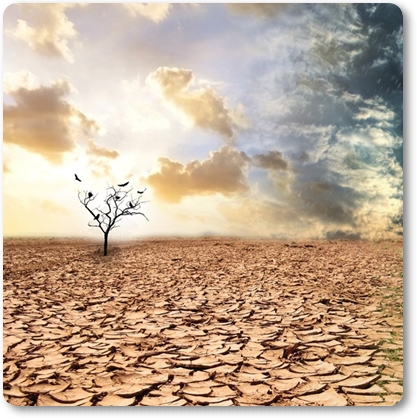Rehabilitating Africa’s Drylands

 |
Between 1985 and 2000, Africa lost 25 million hectares to desertification, 60 million hectares to salinization and 50 million hectares to soil erosion, which impacted the continent’s ability to guarantee food security for its growing population, to consolidate its development gains and to maintain peace and security.
Land degradation is an underlying cause of acute poverty and social deprivation in many rural areas of Africa as well as a major cause of environmental deterioration, poverty and food insecurity.
Dry land zones; where 70 percent of the population derives their livelihoods from natural resources are characterized by a predominantly hostile and marginal environment due to; low farm productivity (below 2.1%), high temperatures and radiation; water scarcity, unreliable rainfall patterns; barren soils; land degradation, desertification, neglect from central governments, among others. As land forms the basis of wealth and prosperity of any given society, it should be protected and developed for the benefits of the rural communities and our continent, must continue to maintain a strong stand on land degradation and desertification.
Due to misconception, Dry lands are assumed to be wastelands with little or no potential, they are neglected and considered to play marginal role of the economy of national government. Regardless of their capacity to sustain agriculture (majority of crops), agroforestry, animal production (90%), livelihoods of its inhabitants, great potential for tourism development and mining, Dry Lands remain distant geographically from administrative centers. Hence, they lack basic services (health, education, agricultural and veterinary) and infrastructures (schools, markets, rural road), among others, and attract attention only when the communities living those areas require supplies of food aid, or some mineral are found.
Dry lands are under constant threat from multiple challenges and stresses such as weather variability, recurrent and unpredictable droughts, floods caused by short and heavy intervening rains) and human-induced processes including; land degradation and desertification caused by inadequate and unsustainable land use practices, which are fuelled by demographic pressure, high dependence on subsistence rain-fed agriculture, lack of employment, terrorism and civil conflicts. These challenges and stresses are often compounded by external forces to the areas; such as inadequate governance mechanisms, ineffective land tenure systems and poorly conceived national policies.
Land is under increasing demand and pressure from competing uses such as agriculture, forestry and pasture as well as energy production, urbanization and extraction of raw materials. As other regions of the world turn to Africa, looking for the energy, water and food resources needed to regenerate and power their economies, Dry land areas may be primary target of land acquisitions by powerful interest. We therefore must ensure that the continent’s God given and abundant natural resources are by priority, harnessed to catalyze the continent’s sustainable economic development. African countries must reverse the general perception that natural resources are a curse rather a blessing, when well managed for the benefits of our populations (some developing countries have shown the way).
Unless we undertake practical measures to ensure that our productive lands are preserved, degraded lands restored and essential services are provided to the communities, the specter of social deprivation in dry lands will continue unabated and we will continue to witness the breakdown of social fabrics of many rural communities in Africa. This phenomenon is leading to increased rural–urban migration, intensifies the immigration of the youthful African population to seek economic opportunities abroad with many serious social and economic ramifications and leaving Dry land areas to terrorism/lawlessness. This had serious implications for the future (hopelessness, lawlessness, many young people are dying while migrating), overall stability and security (ethnic conflicts and terrorism) of the Africa continent.
There is a strong correlation between increased agricultural productivity, food security, general security and sustainable land management in Africa. It is an undeniable fact that agriculture cannot thrive in Africa if we don’t pay due attentions to dry land issues. Sustainable land management in dry lands is fundamental to the pursuit of food security, peace, security and stability in Africa.
By H.E. Mrs. Tumusiime Rhoda Peace
Commissioner for Rural Economy and Agriculture, African Union.
